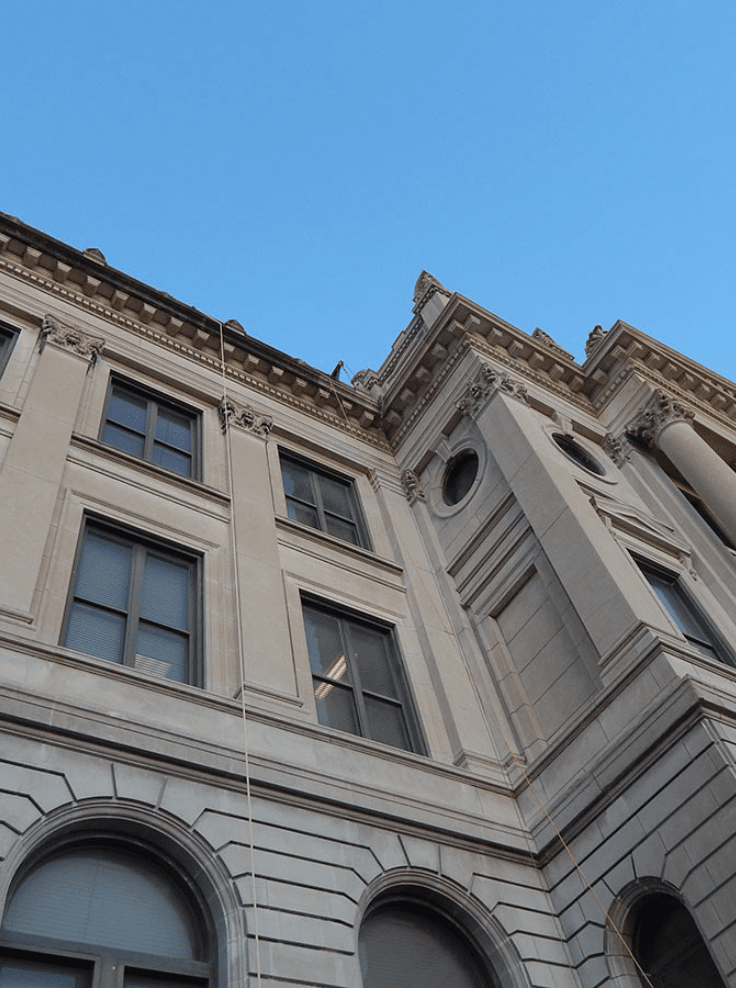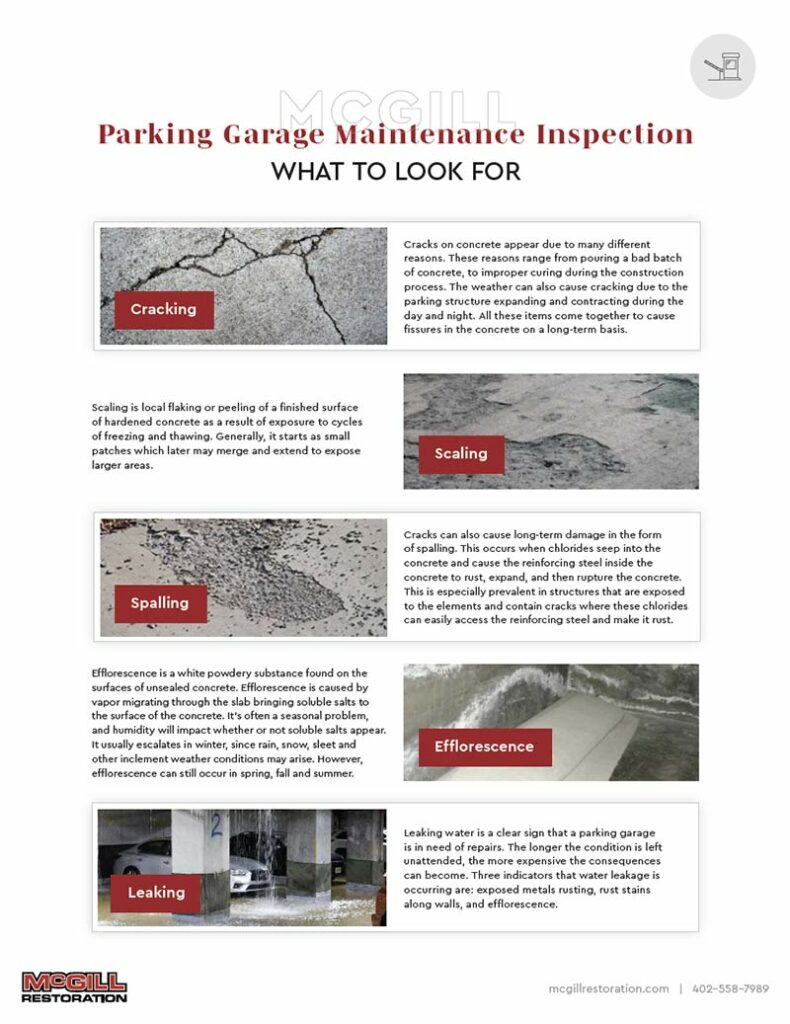Are you considering investing in a historical building? Or have you already signed the papers and need to make restoration decisions that best align with your investment goals?
There’s an art and science to it all.
At McGill Restoration, we don’t just bid to win projects. We partner to assess historic restoration jobs to make each decision one that maximizes investment dollars and outcomes that can stand the test of time.
Navigating Complex Decision-Making
While we want to focus on the actual art of masonry, there is another art form that warrants discussion. The art of cost analysis and decision-making are both extremely important for historical building restoration and complex masonry projects.
We always run a thorough assessment of each project to consider the job from all angles before anyone’s cemented into a chain of misaligned events.
Long vs. Short-Term Restoration Planning
Evaluating and prioritizing long vs. short-term solutions are common obstacles in the decision-making process. Short-term solutions are typically geared toward stopping water intrusion and restoring structural elements that pose immediate threats to the integrity of the structure.
Long-term restoration takes a more holistic approach and considers the art of strategy as much as the art and science of restoring the internal and external integrity of your historic building. Things like:
– What are the goals of this investment?
– How long does the investor plan to own the building?
– Have they explored finance options like historical building tax credits?
– Are there timelines that must be met?
– Will this affect existing occupancy or business operations?
McGill Restoration experts plan alongside historic building owners across the Midwest to help weigh the pros and cons, and ultimately, remove any artificial constraints other contractors may label as hard stops.
We also help historic building owners consider the less measurable but equally important value of what this restoration will bring to the community.
After all, historic buildings are cool and rich with the history of the times. You may even make the paper with a ribbon-cutting or receive kudos on social media. This attention is something to not only be proud of but also promotes and connects you with the community.
Using Historical Building Tax Credits
Historic buildings are known to have maintenance and restoration costs that can exceed the cost to maintain a newer structure. The communities where these buildings exist often value the present; however, they want to retain historic structures as well.
Communities also feel it when buildings sit empty or are dilapidating for years due to maintenance backlogs and deterioration.
Historic building restoration can cost more than newer building renovations. And the cost of not preserving the historic nature of said building is even greater still to the community.
There are government programs that can incentivize historic building owners with tax credits and incremental funding to help pay for certain percentages or aspects of the project.
When a building qualifies, these funding incentives help investors maximize the building restoration project from the jump.
Notice we said “from the jump” there?
If tax credits are available, they should be claimed and put to good use. And the extra budget is sure to help bump some of those long-term restoration plans into the here and now. Consult with your architect or tax advisor to pursue the tax credits.
The tax advantages and financing should be a major factor in the decision-making process. Investing in a full restoration upfront ensures the maximum value of these credits is realized on your books.
Understanding Soft Costs of Occupied Buildings
From schools to hotels, occupied buildings are often worked on in phased approaches. The soft costs of disturbing students and guests are immense, however, and it makes sense to complete as much work as possible when these buildings are unoccupied.
At McGill Restoration, we frequently work on school buildings (read the Omaha Central High case study) and we complete jobs in a 90-day window when the buildings are vacant. Owners of private buildings can schedule work from a single or multiple contractors to coincide with vacant periods.
Avoiding customer complaints and inconvenience by working through vacancies is ideal and it mitigates the soft costs of construction on occupied buildings.
Applying the Art and Science of Masonry
The actual work required to restore historical buildings is unique, and it requires a technical understanding of the processes used in the original construction. Every project is different and the restoration contractor must investigate the history, materials and construction style while creating a methodical approach to returning each element to its original aesthetic.
Some elements of the structure can benefit from modern materials and construction methods like stainless steel supports, concrete casting and industrial coatings. The final aesthetic must rely on the original materials however.
At the Durham Museum in Omaha, McGill Restoration sought terra cotta only to find extraordinary wait times for the materials. The team ultimately decided to build custom casts so they could re-create each stone to the exact specs onsite. After the project wrapped, the museum retained the casts for future use on their building.
Bringing the expertise and capable staff makes it possible to re-create the original masonry by applying science and the original artistic vision.
At McGill Restoration, we believe in building relationships through craftsmanship.
Please reach out and let us know what you’re working on. We’d be happy to talk about the art and science behind restoring your historical building. Get in touch to discuss your historical building today.



